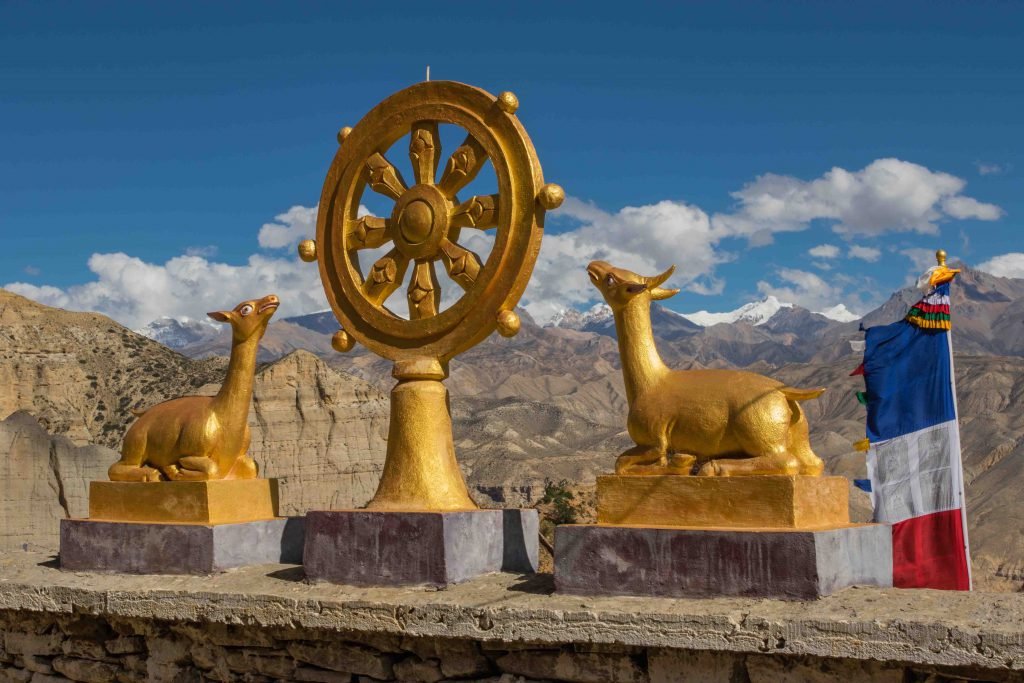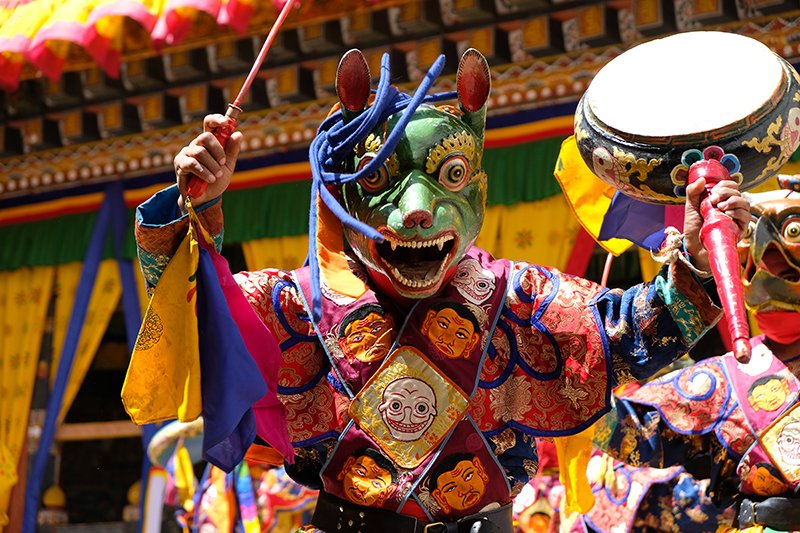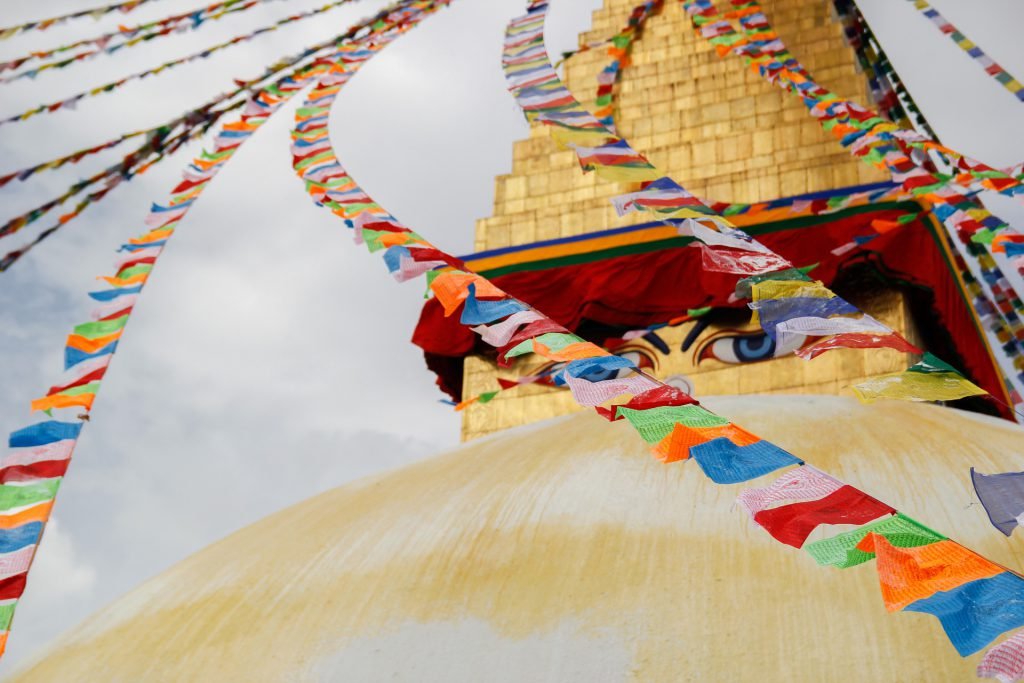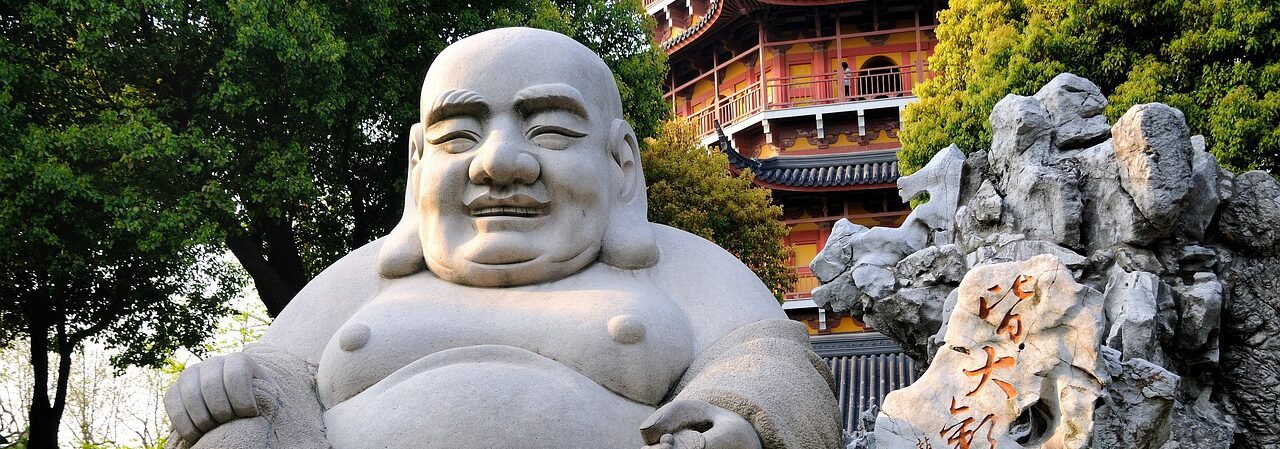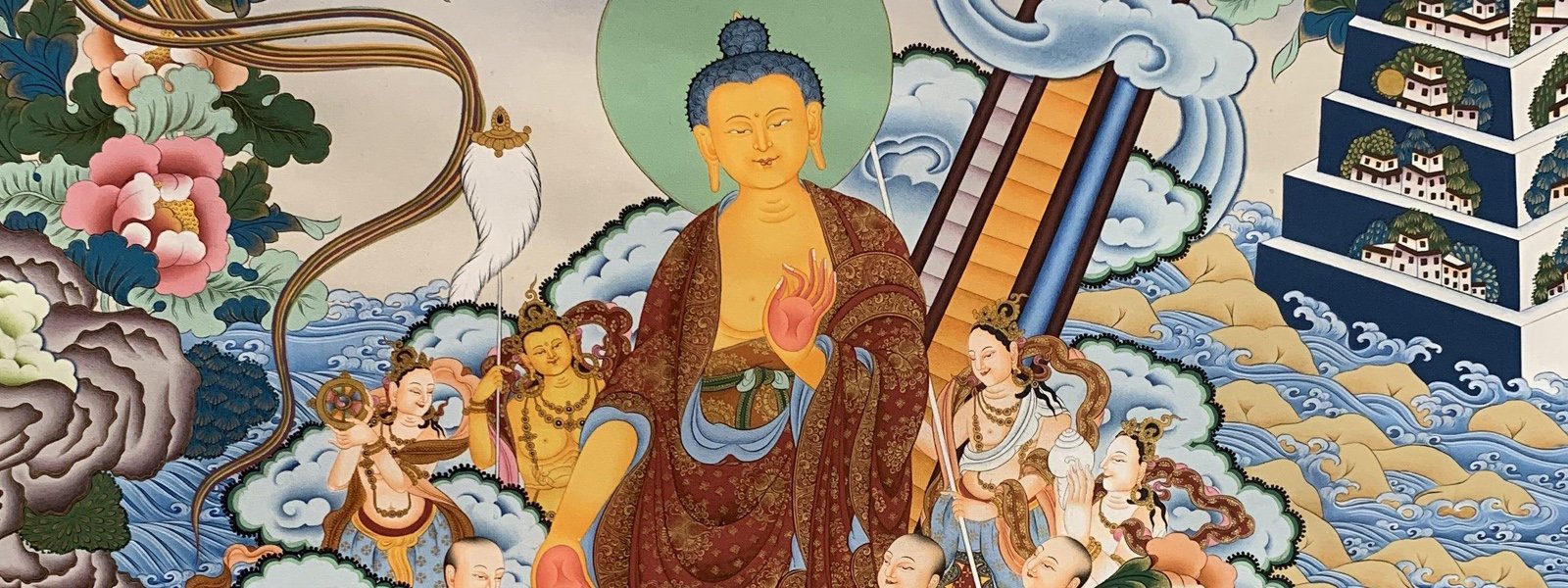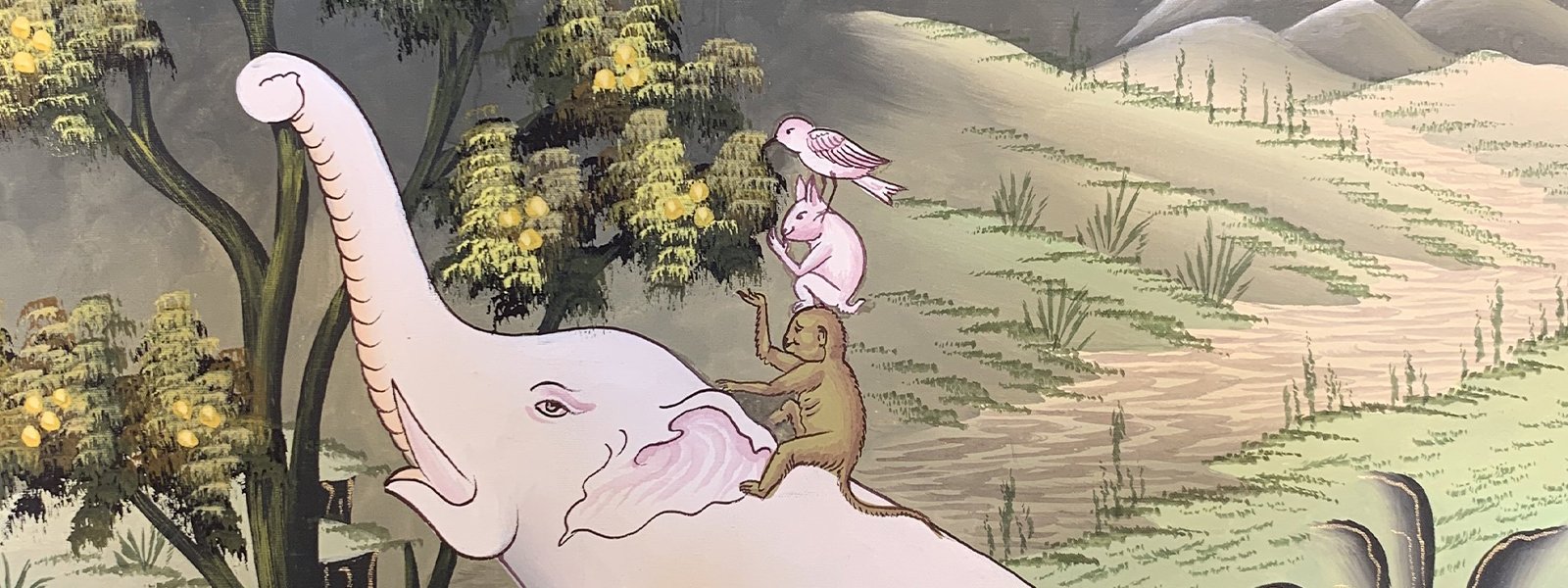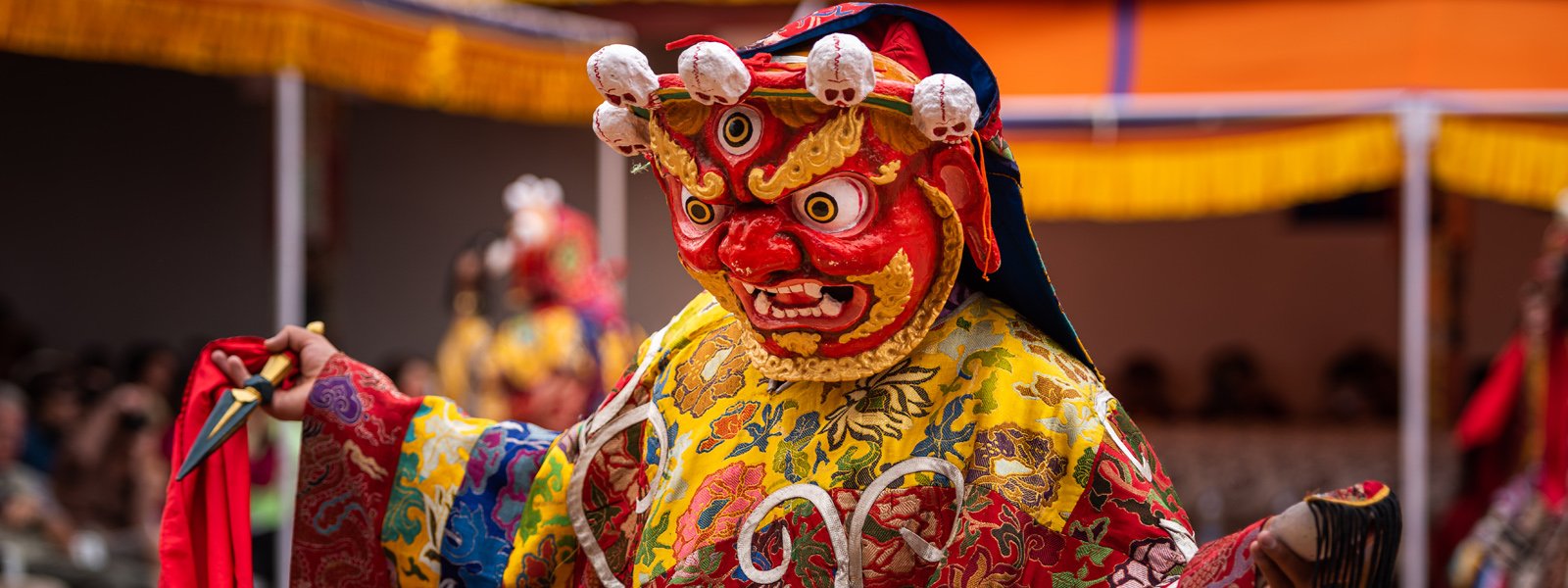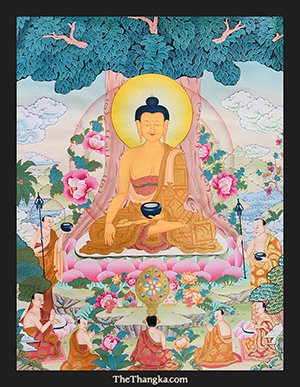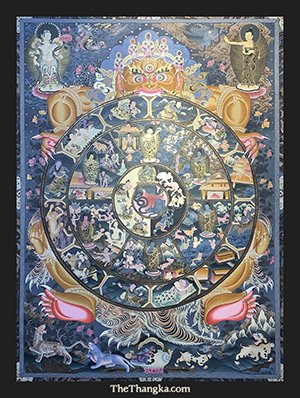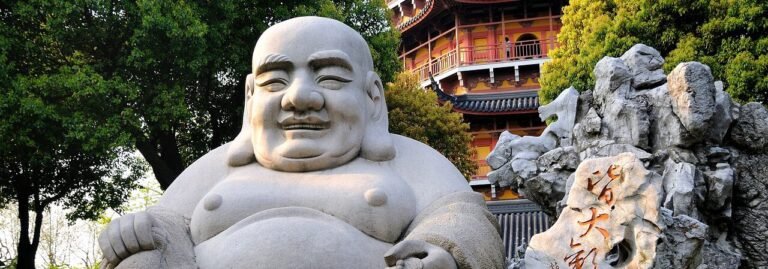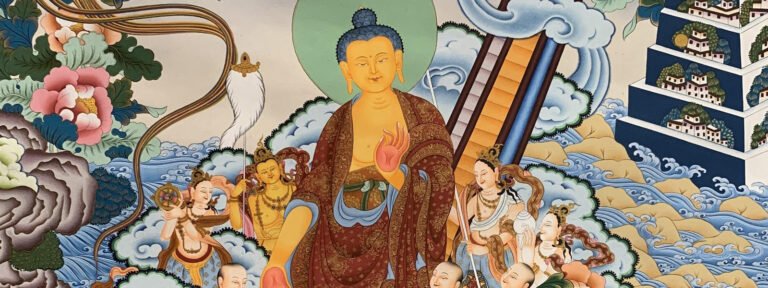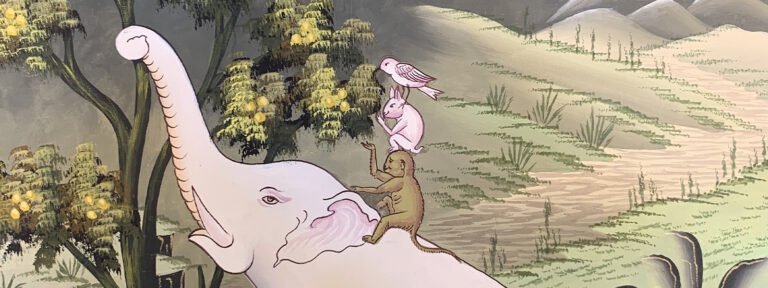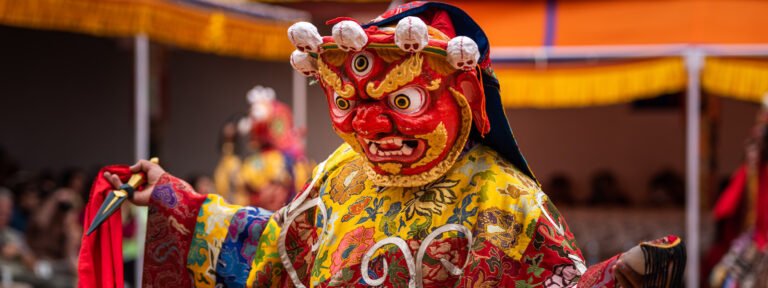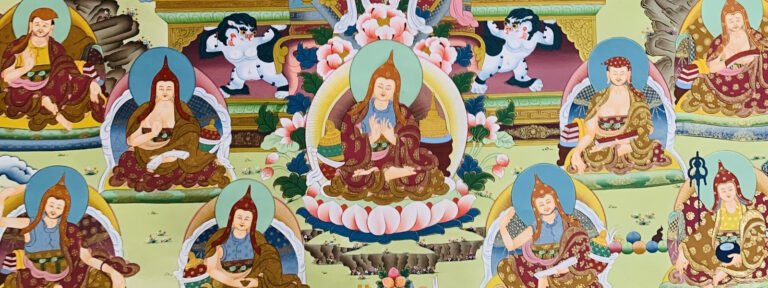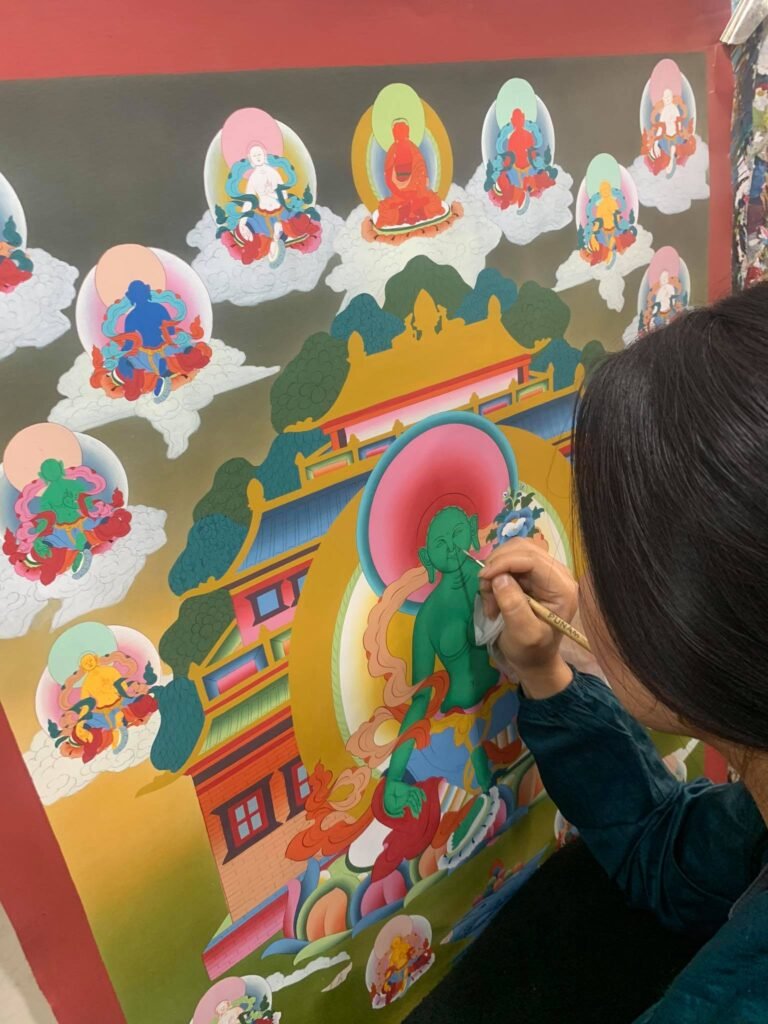Regardless of where you live or where you’re from, you have probably seen the “Laughing Buddha” at one point in your life. It is a statue, generally gold, that has a description of a portly bald man laughing on it. But what (and who) exactly is it and what is the meaning of The Laughing Buddha?
The History of the Laughing Buddha
The Laughing Buddha is also commonly known as the Hotei or Pu-Tai. He is a significant part of Buddhist culture and is actually based on a historical person – a Chinese Zen monk who lived over 1000 years ago. The jolly nature of this Buddha, as well as his appearance, with a portly stomach, has earned him the notion of the deity of contentment and abundance.
Many see him as a symbol of wealth and believe that the statue will give a business or home good fortune. He often holds a sack which never empties, and is known to give candy to children, etc. One can say the he is the Buddhist version of the idea of Santa Clause, just predating Santa by centuries.
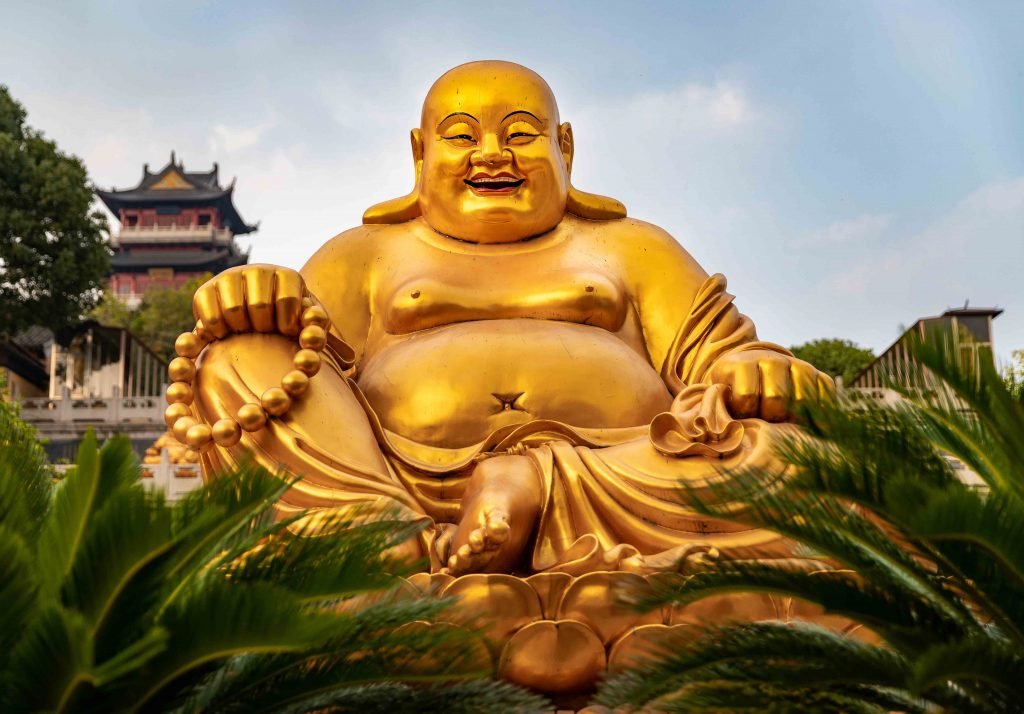
Rubbing his stomach
One of the main beliefs around having the statue in your home or place of business has to do with rubbing his belly. It is believed that if you rub his stomach daily, that he will be more inclined to grant your wishes. However, if you run his stomach when you are not in a positive attitude, he will not grant your wishes.
The statue has definitely made its way into modern culture. Many places, such as restaurants, homes, and businesses, are known to keep the statue close.
The Differences Between ‘The Historical Buddha’ and ‘The Laughing Buddha’
The main point of contention is that many people assume that The Laughing Buddha is the actual Buddha. The original Buddha, also known as the Shakyamuni Buddha or by his name, Siddhartha Gautama, is more akin to the historical Buddha, who lived over 2400 years ago.
These are not the same people and are not even depicted the same way. For instance, the Shakyamuni Buddha is much slimmer and is seen in intense meditation. This is the Buddha for which the teachings of Buddhism are based. Which is not to say that the Laughing Buddha is insignificant as a result, but it more a cultural icon than the figurehead of the religion.
